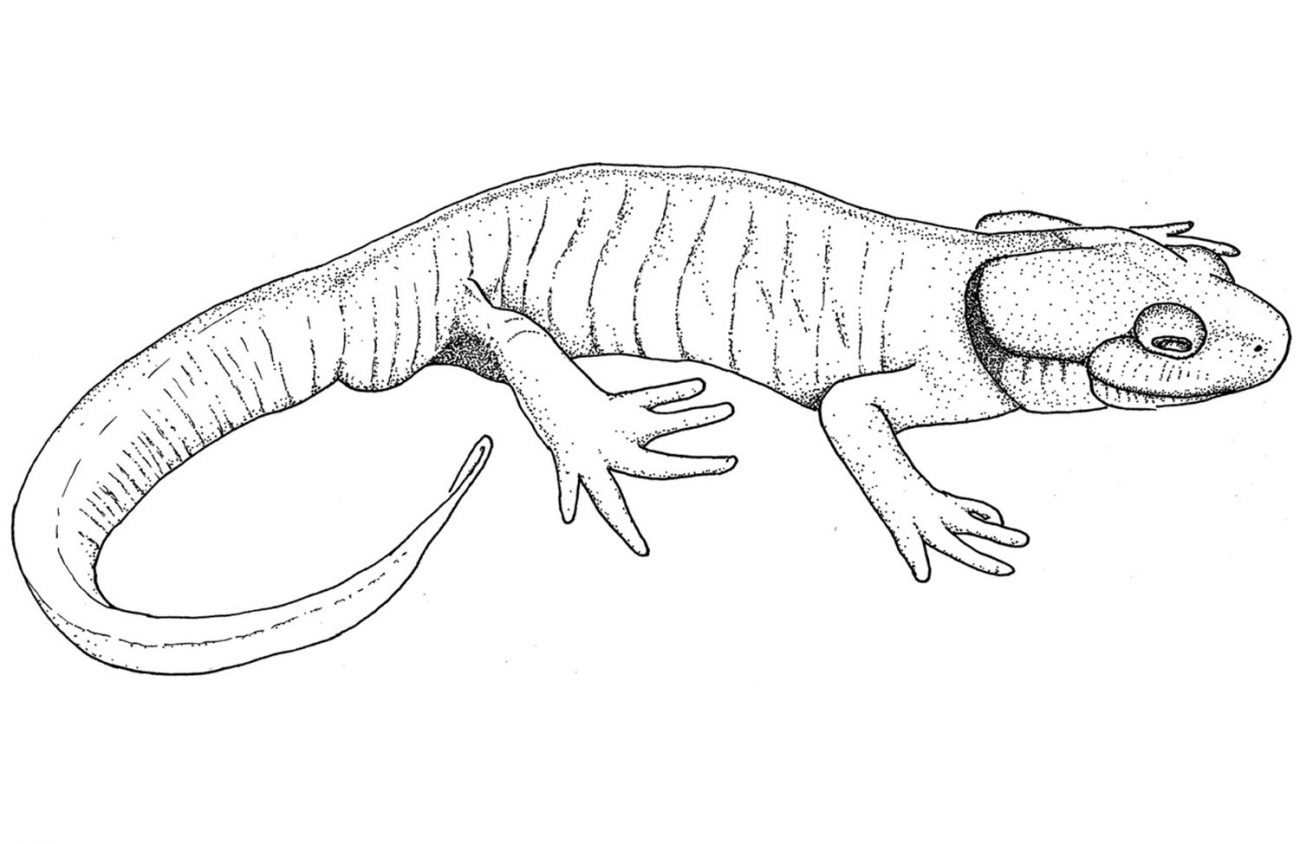As mentioned in April, we have been paying closer than usual attention to local islands of natural features in our neighborhood. Sheltering in place allows us a walk radius only two miles or so for our daily exercise. The regular walks provide mental respite, equally important as physical exercise. When a pair of swallowtail butterflies swirls by, performing their courtship dance, we stand still to watch them as long as they are within eyesight. The butterfly watching season picked up dramatically when temperatures reached into the 80s a few days in a row.
Tending the garden is entering a new phase, too. Last year’s watering apparatus has needed repair and adjusting for summer conditions. We are trying an experiment with a fall planting of garlic. Started last October, they are now robust plants with more growth expected before a midsummer harvest. All our spring planting is done. The snap peas planted in February are over six feet tall. All will be harvested by the end of June. After they are gone, climbing string beans will replace them on the trellis. We wish we had more space for zucchini and cucumbers.
We look forward to the opening of travel restrictions so we can visit our nearby special, secret hiking places. Only in shadowy places in the forest will we see pale spotted orchids and shy animals like ground beetles, millipedes and salamanders. By midsummer the forest floor salamanders will stay underground most of the time. We pray they will escape forest fires.
David Wagner is a botanist who has worked in Eugene for over 40 years. He teaches moss classes, leads nature walks, and publishes the Oregon Nature Calendar. Contact him directly at FernZenMosses@me.com.
